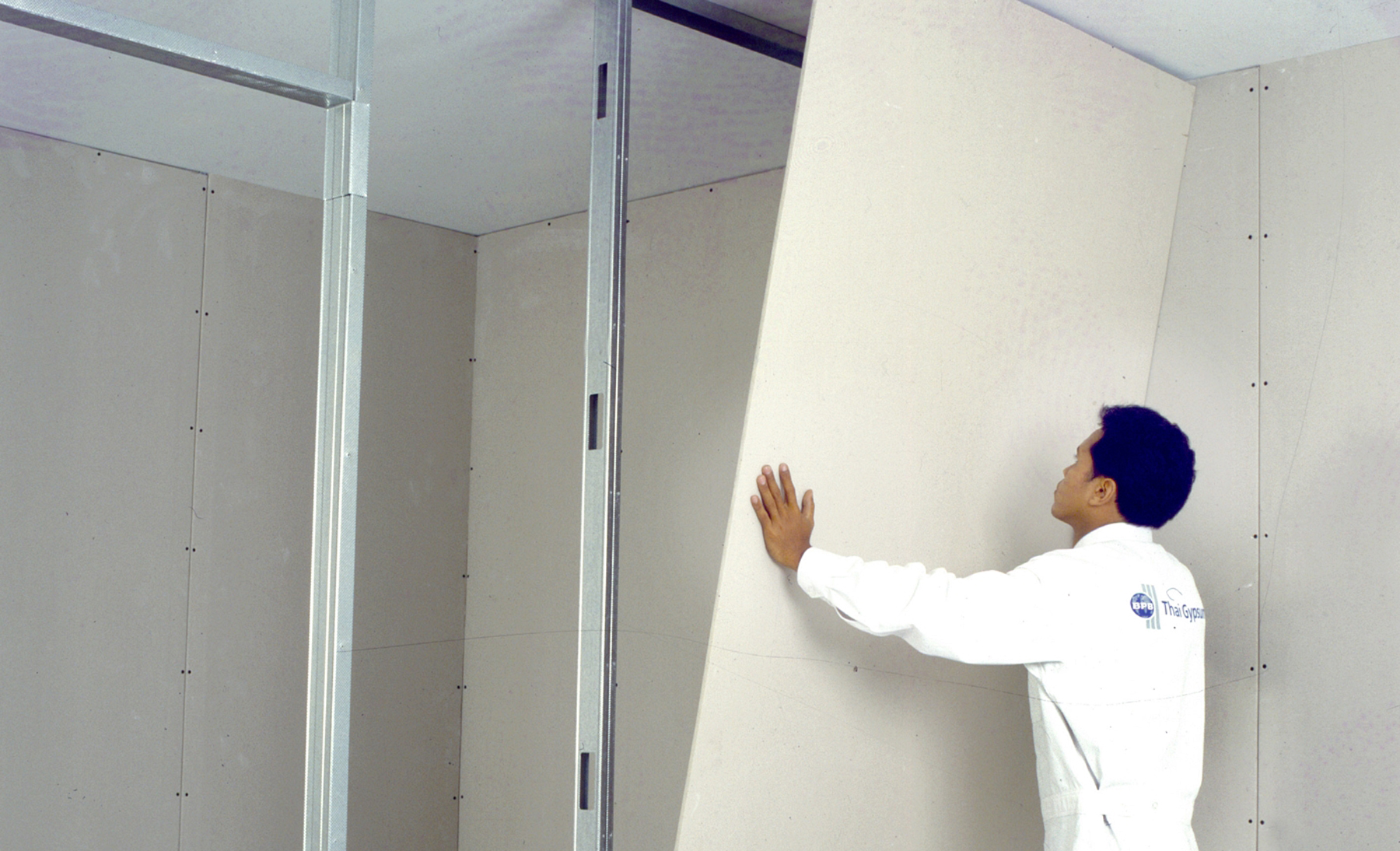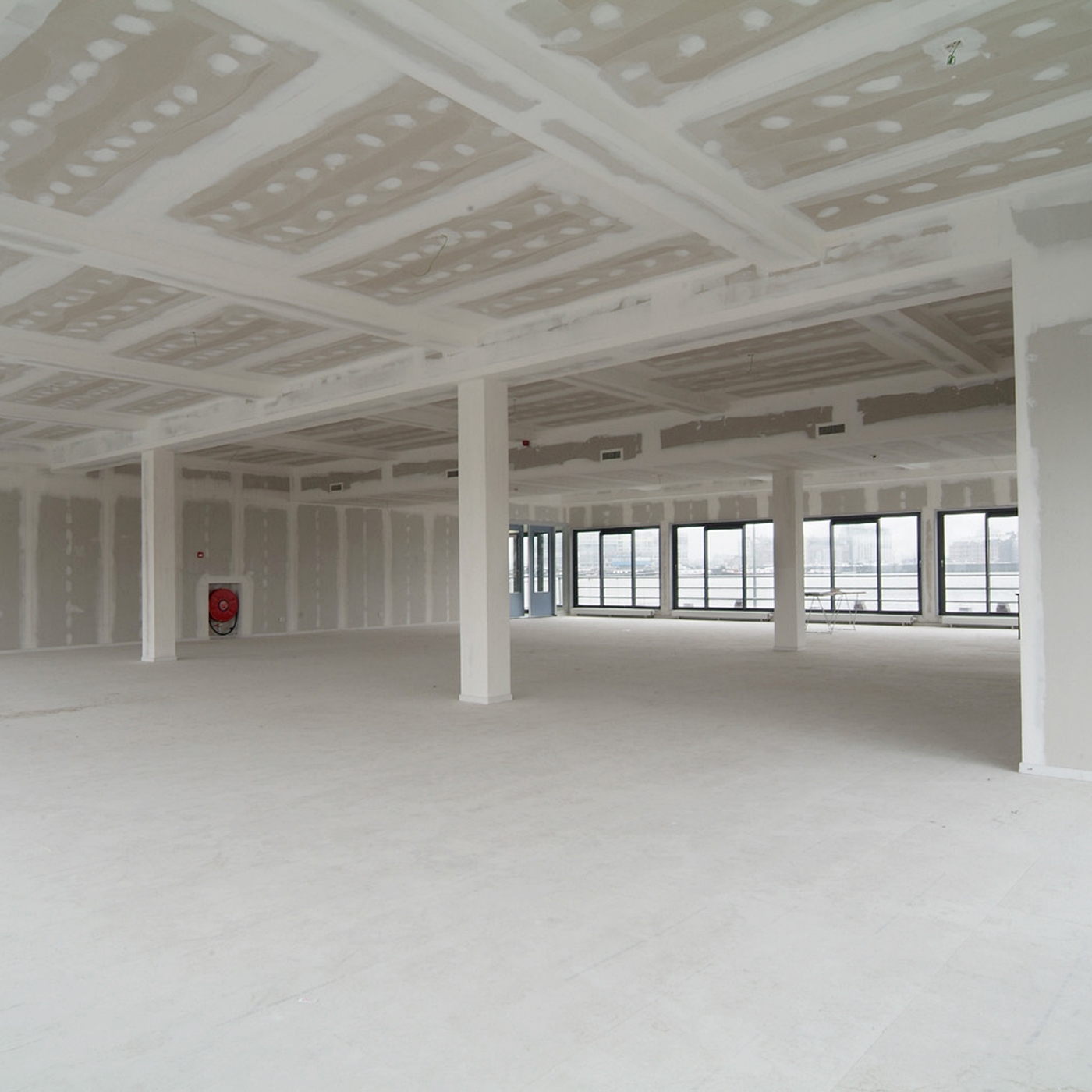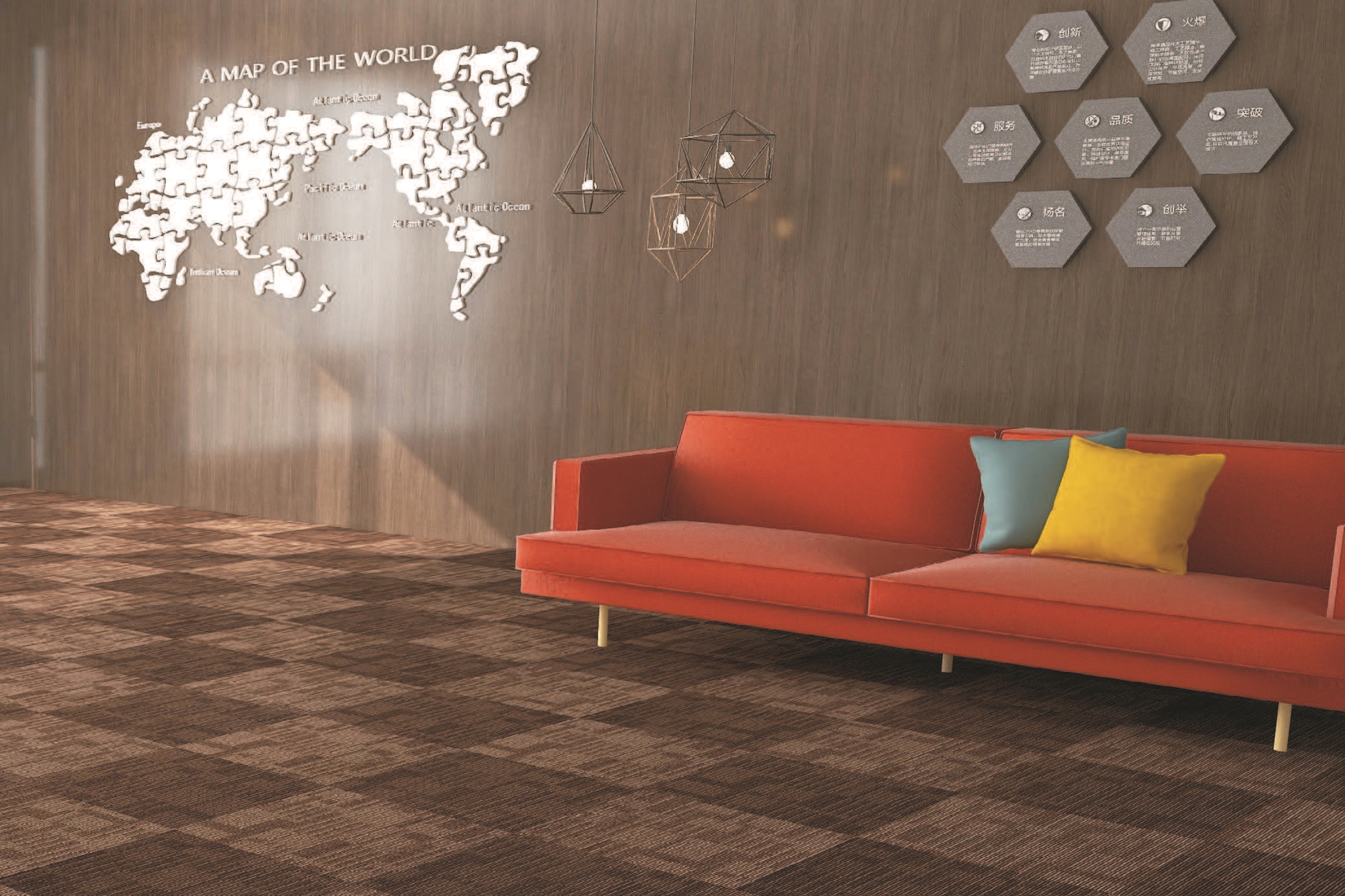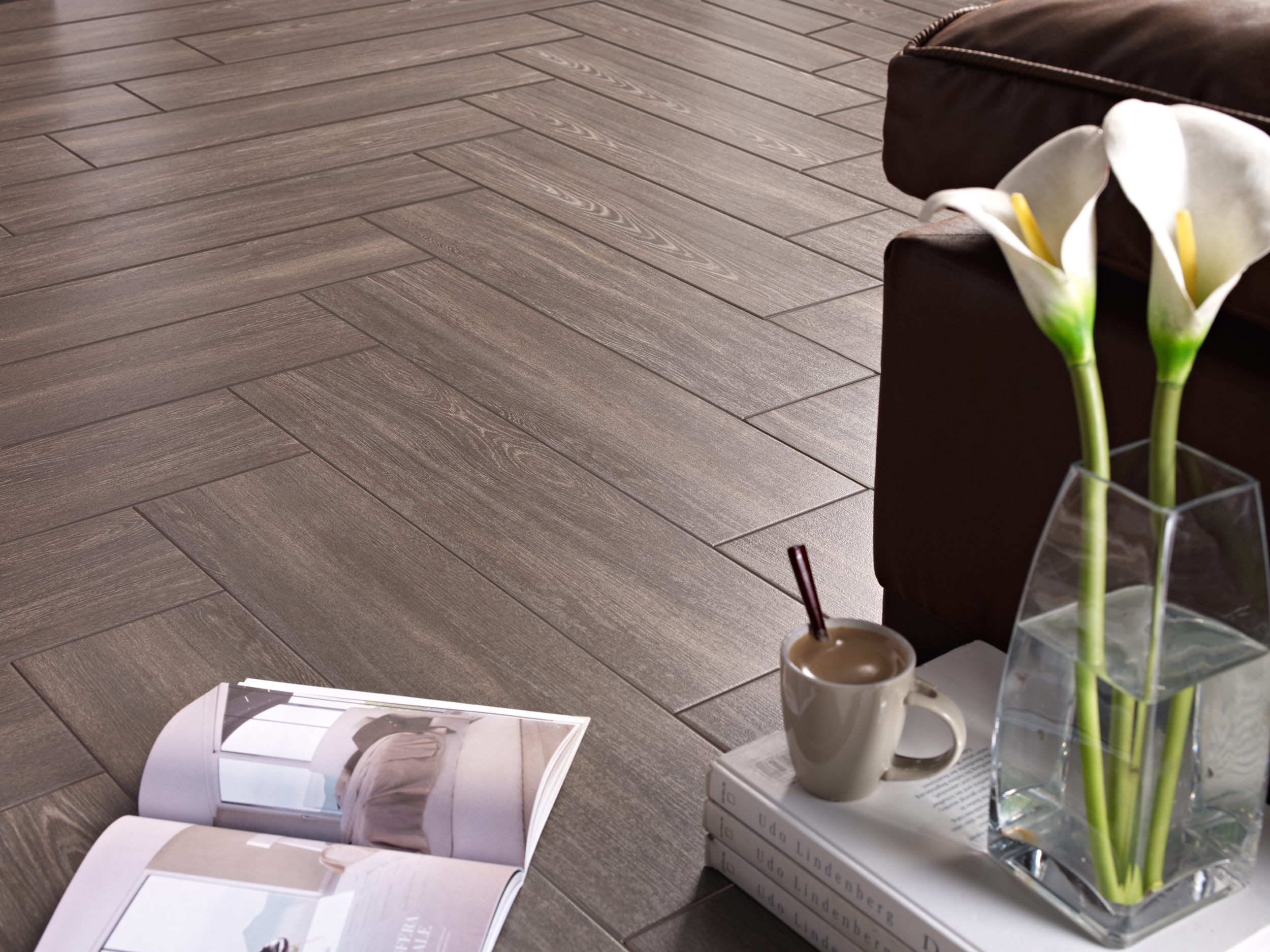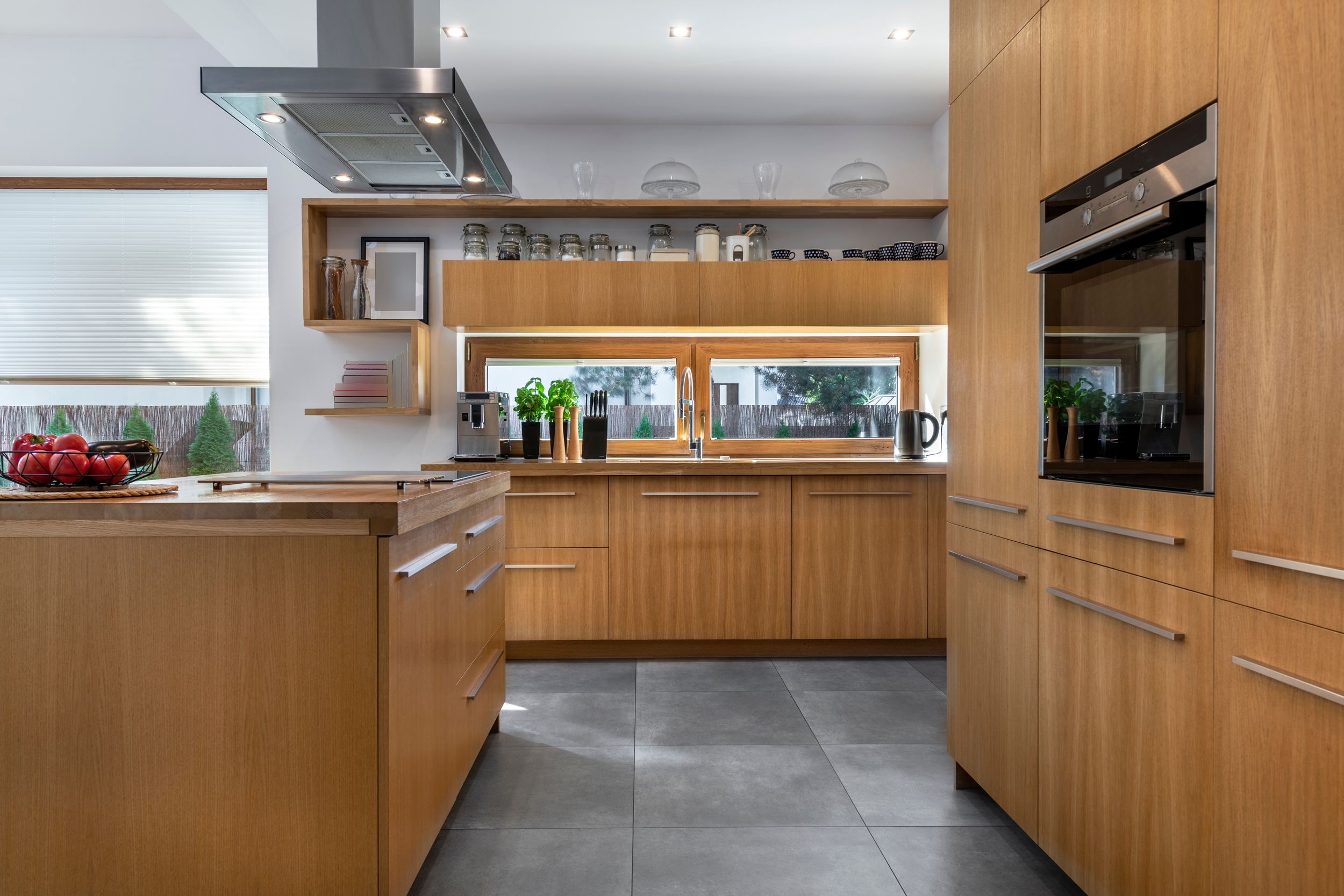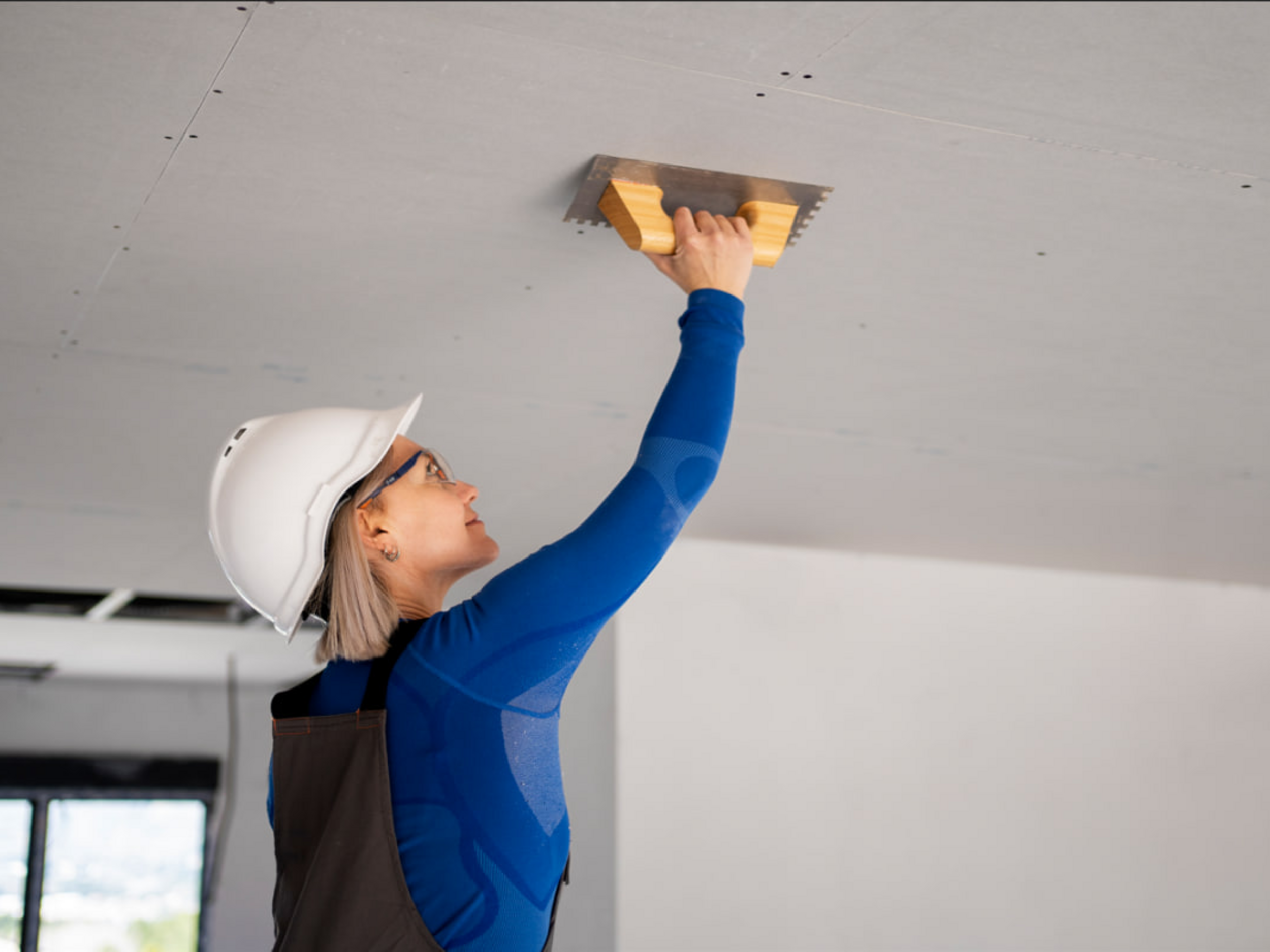Top Vinyl Plank Flooring Brands: A Comprehensive 2021 Review
January 7, 2021
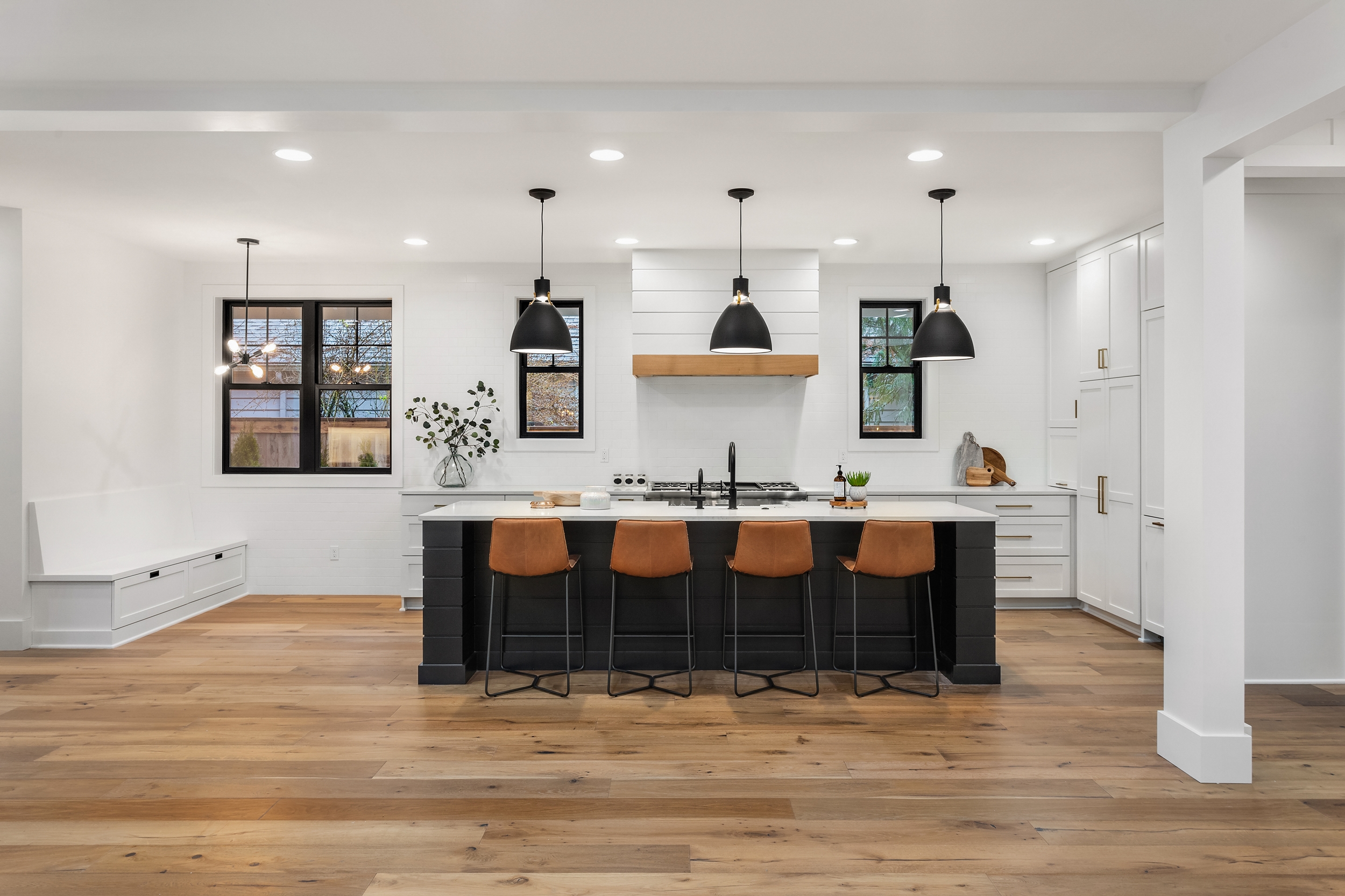
BEST VINYL PLANK FLOORING BRANDS: 2021 GUIDE
Looking for information on the best vinyl plank flooring? You’ve come to the right place! Vinyl planking flooring is the fastest growing market in the fake wood flooring universe, and it’s easy to see why. Vinyl plank is durable; it’s beautiful—and it can mimic the look and even texture of just about any other flooring material.
THE BASICS: WHAT IS VINYL PLANK FLOORING?
Vinyl plank flooring is a high-tech, multi-layer material that usually resembles a wood plank and stone tile. But instead of being made of wood, it is primarily made of vinyl. Have you heard of PVC (polyvinyl chloride)? It is the same thing. Vinyl plank is just a more technical term for PVC flooring.
WHAT IS VINYL PLANK FLOORING MADE OF?
Most commonly, vinyl plank is made of three main layers. From the bottom, they are:
- A coreor base layers that provides structure.
- A designlayer or print film that looks like wood, tile, or just about anything else.
- A transparent wearlayer that protects the plank from damage.
Some vinyl plank products are rigid, some are flexible, and some of the best vinyl plank brands include additions in their wear layers for extra protection or attached underlayments for enhanced underfoot feel.
VINYL PLANK, LVP, LVT, WPC, AND SPC: WHAT’S THE DIFFERENCE?
“Samples of rigid vinyl plank flooring with click-lock grooves”
You’ve probably read these initials before and wondered what the heck they mean. What is the difference between vinyl plank and LVT? Where does WPC come in? We know, it is a lot. Here’s the easiest way we can explain it.
“LVT” is a catch-all phrase that differentiates it from the vinyl sheet flooring of yesteryear. Things that fall under the “LVT” category include LVP, LVT, WPC, and SPC. But to make things even more confusing, people sometimes use the terms “LVT” and “vinyl plank” interchangeably.
For our purposes, we are calling all multi-layer vinyl products (aka not vinyl sheet) LVT
LVP vs. LVT
Luxury Vinyl Plank (LVP) and Luxury Vinyl Tile (LVT) are marketing terms designed to elevate modern vinyl flooring above the decaying stuff in the kitchen of your first apartment. The significant differences between them are the design layer and shape.
- LVPis generally wood-inspired and comes in the same dimensions as other wood or fake wood planks. This includes both the classic thin strips, and also floors that mimic wide-plank wood flooring.
- LVTis typically stone-inspired and often comes in 12×12 and 12×24-inch tiles. The best vinyl plank flooring brands will attach prefabricated mock-grout for added realism.
WPC vs. SPC
Wood Polymer Composite (WPC) and Stone Polymer Composite (SPC) are two popular types of rigid core luxury vinyl flooring. The “wood” and “stone” in WPC and SPC refer specifically to their core or base layers.
- WPC flooringincorporates fine, filtered sawdust called “wood flour” into its core layer to increase soundproofing, comfort, and insulation. Generally, WPC is better for domestic use. And you don’t need to worry about waterproofing—the sawdust is encased in the vinyl.
- SPC flooringhas the same idea, but the core contains limestone instead of wood. SPC is thinner and more rigid, making it great for high traffic areas and commercial applications.
HOW TO IDENTIFY HIGH-QUALITY VINYL PLANK FLOORING
The best types of vinyl flooring share the same general construction. Stacked from top to bottom, vinyl planks feature a wear layer, a design layer, and a core layer. So how do you identify high-quality vinyl plank flooring? There are a few different ways.
Look for a Thicker Wear Layer
You only need to know two measurements when shopping for vinyl floors:
- Millimetersmeasures the entire board’s thickness, and
- Mil, which measures the thickness of the wear layer. (For our fellow nerds out there, mil equals a thousandth of an inch).
The thicker the wear layer, the more durable the floor—although this advice is the same no matter what type of flooring you buy.
If you’ve compared vinyl plank vs. laminate, you’ll know that both products benefit from a thicker wear layer. The best engineered wood flooring brands are differentiated by their thicker wood veneers. The same goes for the best vinyl plank flooring brands, too!
How Thick Should a Vinyl Plank Wear Layer Be?
For an area with a lot of traffic, we’d recommend a wear layer of 20mil or thicker. For low-key spaces (like bedrooms or dining rooms), 12mil should be fine. Anything lower might last you about as long as a t-shirt from H&M. For comparison’s sake, factories, hospitals, and schools use 22mil–40mil wear layers. The odds are good that the same LVP can handle your hyperactive Tibetan Mastiff!
Just Remember: Not All Wear Layers Are Created Equal!
It’s important to remember, though, that not all wear layers are the same. And here’s where it gets tricky—because not all of the best vinyl plank brands make their wear layers the same way. Some wear layers offer UV protection; others incorporate different materials; it all depends on the manufacturer. In general, though, you have 4 main categories:
- Vinyl-Only: These wear layers offer the least amount of protection, as vinyl isn’t inherently scratch-proof. It doesn’t matter how thick a simple vinyl wear layer is—it still won’t be particularly durable.
- Polyurethane: These wear layers offer a good deal more protection; polyurethaneis extremely durable and used to protect many different types of flooring.
- Polyurethane with Aluminum Oxide: These wear layers incorporate a super-hard crystalline coating—aluminum oxide—for extra durability.
- Polyurethane with Ceramic BeadTechnology: These wear layers incorporate tiny beads that essentially act as ball bearings—ensuring that materials slide on the surface rather than gouging it.
Again, these categories are very general, and many manufacturers put other materials into their wear layers (like cultured diamonds, for instance). But overall, polyurethane wear layers are much more durable than simple vinyl wear layers—especially when they have aluminium oxide or (even better) ceramic bead technology.
Either way, it’s important to ask your local flooring dealer about wear layers before you purchase. Even if you have a super-thick wear layer, it might turn a milky white when scratched if it’s low-quality.
Look for Attached Underlayments
Many of the best vinyl plank flooring brands will add extra layers to their products to increase comfort, durability, etc. For instance: you might find an attached cork underlayment on a product for a better underfoot feel. This can give you the springiness of cork (which is great for sore joints) without any of the disadvantages of cork flooring on its own. Look into these extra layers—they’re often a sign that the manufacturer is trying to do away with the inherent disadvantages of vinyl plank flooring (which we’ll mention below) and offering a superior product.
THE ADVANTAGES OF VINYL PLANK FLOORING
There are tons of reasons to gravitate towards vinyl plank flooring. On that note, let’s have a look at some advantages the best vinyl plank flooring brands have to offer.
Even The Best Vinyl Plank Flooring Brands are Relatively Affordable
Sure, high-quality vinyl costs more—even as much as certain hardwood species. But by and large, vinyl plank flooring is very affordable. For example: if you wanted to install mahogany or tigerwood floors, you would be paying nearly $20/square foot without installation. And we’re not even talking about buying from the best hardwood floor brands here, either. On the other hand, you could get tigerwood or mahogany-look vinyl from one of the best vinyl plank flooring brands at $10/sq. ft. And those floors feature a 30mil-40mil wear layer, a lifetime warranty, and an impeccable design.
High-Quality LVP is Stunning
You can buy vinyl planks to mimic almost any material—and high-quality vinyl plank is gorgeous. Quality wood-look LVP, in particular, is amazingly accurate. Even experts have a hard time telling products from the best vinyl plank brands apart from the real thing!
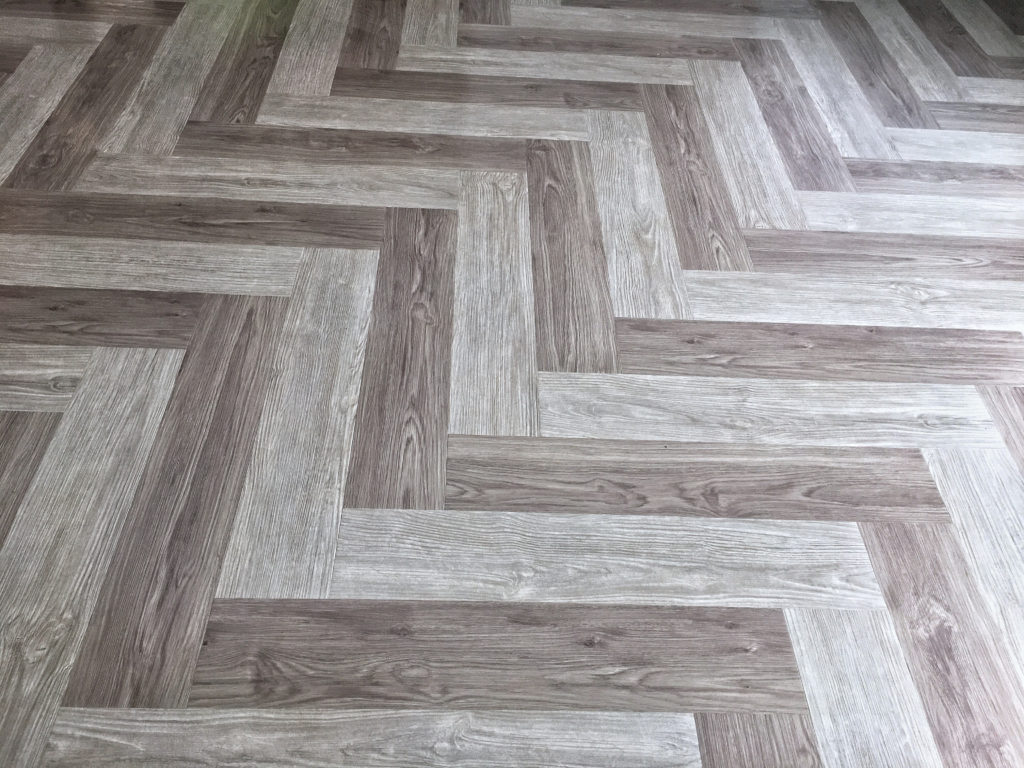
Meiko LVP installed in a herringbone parquet pattern
LVP installed in a herringbone parquet pattern
It’s all thanks to 3D printing and a fancy industry technique called EIR (or Embossed-In-Register). EIR is a manufacturing technique that uses actual wood or stone to stamp textured patterns into vinyl planks for maximum realism.
You can find EIR-produced boards that look like different types of wood flooring, different types of floor tiles, you name it. Install it as-is, or use it to create ornate wood floor patterns—the choices are endless!
Vinyl Plank Flooring is Extremely Durable
Vinyl plank is one of the most durable, scratch-resistant flooring options available. Especially if you buy a product with a wear layer of 20mil or thicker! Plus, some of the best vinyl plank flooring brands “take it up to eleven” by infusing their wear layers with ceramic, titanium, and even cultured diamonds. That’s seriously durable. If you’ve already done your research on the most durable wood flooring varieties—or if you’re having a hard time choosing the best wood flooring for dogs—LVP is an excellent alternative.
Vinyl Plank is Waterproof
Let’s say you’re pining for a wood floor bathroom. You’ve probably looked into the pros and cons of teak flooring, searched high and low for water-resistant wood flooring options, and even perused waterproof laminate options like RevWood. But at the end of the day, the fact is this: 100% waterproof hardwood flooring does not exist. Not from the best hardwood floor brand, not from Home Depot, not from the guy named Jimmy selling wood out of the back of his truck down the street. The closest you’re going to get is a waterproof wood hybrid that mixes wood veneers with a vinyl core. But don’t despair: vinyl plank can do it all—and more. Unless you want to opt for concrete flooring that looks like wood, luxury vinyl plank is, hands down, the best waterproof wood-look option there is. That’s just a fact.
It’s Cheap and Easy to Install (for Pros and DIY-ers)
As we mentioned above, LVP is cheap and easy to install. That’s because click-together and peel-and-stick setups are friendly both for the pros and for seasoned DIY-ers. Plus, many of the best vinyl plank flooring brands offer built-in underlayments to make installation even easier.
Why is this important? Well, aside from saving you money (and who doesn’t want that), the flooring industry is currently facing a monumental installer shortage. This is driving up prices and making it harder and harder to find reputable flooring installers.
That’s why it’s more important than ever to have an easy-to-install product—especially if you’re shopping on a budget. And if you need that product to be waterproof, installation becomes even more important! Tiles need to be properly grouted (even snap-together tile flooring), and if they aren’t, goodbye waterproofing!
It Offers Endless Versatility
Vinyl plank can look like anything, and you can install it anywhere in the home. Translation: you can have your cake and eat it too!
Do you want the look of pine in your kitchen? If you know anything about the pros and cons of pine flooring, you’ll know that’s a terrible idea. Pine is way too soft to be a good kitchen floor. But with LVP, it’s possible! The top vinyl plank flooring brands have plenty of pine inspired choices.
Vinyl lets you get any look you want, wherever you want it. No looking up “the best hardwood floor brands for humid climates”, no searching “can I put maple flooring over concrete”. Just endless versatility!
It’s Super Low-Maintenance
Sick of watching YouTube videos on cleaning hardwood? Never want to refinish bamboo flooring ever again? We hear you. Rather than opting for a wood, bamboo, or tile product, just put in vinyl. All you need to do in order to keep it clean and long-lasting is a regular sweeping and vacuuming routine. You don’t even need a no-shoes policy!
Fun fact: tedious upkeep like refinishing, waxing, and polishing will actually damage your vinyl floors. The same goes for specialty chemical floor cleaners. A dollop of mild dish soap is all you need to protect your floors. Just beware of vacuums with a rotating brush, or “beater bar.” These can scuff up your wear layer!
Vinyl Plank Feels Great Underfoot (Especially WPC)
If you can’t decide between carpet or hardwood in the bedroom, you’re probably looking for something cozy underfoot and pleasing to the eye. If so, vinyl could be a good compromise. And if standard LVP is a good compromise, WPC is a great one. As we mentioned earlier, WPC has a core that contains wood flour. Most vinyl has a bouncy feel underfoot, but WPC takes that cushion factor to the next level. This is a huge bonus for people with joint pain.
It Also Improves Insulation
The same qualities that give WPC vinyl its softer feel also improve its insulation. Your run-of-the-mill vinyl plank will maintain room temperature. But WPC will actually insulate your floor! It can even be safely installed over radiant heating systems. Your utility bill will thank you.
Some of the Best Vinyl Plank Flooring Brands Offer Sound-Dampening Products
That’s right—many of the best vinyl plank flooring brands offer products that dampen and reduce sound throughout the home. WPC products, in particular, excel at this. Just another reason vinyl is a great choice for children’s playrooms, 2nd-floor bedrooms, music rooms, home offices, or any other place you want to manage noise levels.
Luxury Vinyl Plank Offers Unlimited Style Options
We know we’ve been over this. But vinyl can seriously look like anything. Anything.
We’ll stop talking about it after this. Promise.
But: not only can LVP imaging mimic any wood species, but it can also match any wood floor colors imaginable. Ash flooring? Easy. Ebony flooring? No problem. The same goes for stone, textiles, ceramic, psychedelic patterns, pictures of your pet llama, and yes: even vinyl.
THE DISADVANTAGES OF VINYL PLANK FLOORING
While we absolutely love vinyl plank flooring, it does have a few disadvantages. But the same can be said for any type of flooring. There are tile disadvantages, carpet disadvantages, even engineered wood disadvantages.
That said, issues like resale value, longevity, and environmental impact are essential to keep in mind when choosing the best vinyl planks for your application. So let’s have a look at some disadvantages of vinyl plank flooring.
Even the Best Vinyl Plank Flooring Brands aren’t Particularly Low in VOCs
When it comes to environmentally-friendly flooring, vinyl isn’t exactly at the top of the list. Even products sold by the best vinyl plank flooring brands aren’t guaranteed to qualify as low-VOC flooring.
Why? Vinyl made of plastic—and almost all plastic can off-gas VOCs!
However: the flooring industry is really improving when it comes to indoor air quality. And these days, there are a number of low-VOC vinyl flooring choices available that are FloorScore-certified, CARB2 compliant, and phthalate-free. These certifications can help you guarantee that you’re getting a healthy, non-toxic product for your household.
Our advice? Always check for third-party environmental certifications. Or better yet, ask your local flooring store for their top low-VOC flooring picks.
And Vinyl Isn’t Great for the Environment
More than any other type of fake wood flooring, vinyl can be a real bummer in the eco-friendly flooring department.
Plastics like vinyl are hard to reuse. And the majority of vinyl plank flooring brands use adhesives and hardening agents that make their products impossible to recycle. So they often end up in landfills after you remove them from your home. Plus, plastics are created using crude oil—which isn’t the most environmentally-friendly thing either. Some environmentally conscious vinyl plank flooring brands like Cali Bamboo and Forbo are taking extra steps to make vinyl easier to recycle. But these manufacturers are a fraction of the market.
Some Recycled Vinyl is Bad for Your Floors
Why is it a bad thing to put recycled vinyl in new products? Because there’s no way to be sure of the VOC levels in recycled content. Even worse, rumour has it that vinyl with recycled content can crumble and break. As a result, many of the best vinyl plank flooring brands advertise the absence of recycled content—marketing their products as containing “100% virgin vinyl” (aka pure plastic). Which is—let’s face it—a bit of an oxymoron for anyone with sustainability at the top of their priority list.
Cheap Vinyl Planks Can Create Health Risks
We’re all familiar with VOCs at this point. Buying from the best vinyl plank flooring brands is a simple solution to avoid contaminating your home. Again, It is challenging to find safe vinyl planks in big box stores like Lowes or Home Depot. We get it: the price and convenience are tempting. But the benefits may not outweigh the risks.
If you want to make sure the vinyl planks you buy are safe, check the box. Just like non-toxic laminate flooring, your vinyl planks should be FloorScore-certified as low-VOC. Better yet, contact the manufacturer and ask them to back up their claims.
You can also check the EPA website, a useful source for technical information and statics. They even have a brand-specific database. Just remember: when it comes to flooring, you get what you pay for. So, if you want the safest, most highly-tested, highly-certified product… it is going to cost more than the stuff you buy off the street. Or at the box store.
Some Vinyl Plank Can Fade in the Sun
Sun fading is a potential problem to be aware of, but not an issue to lose sleep over. The truth is, most floors are susceptible to sun fading. Wood floors get sun-bleached, as does laminate, and discoloration can be one of the most significant issues with cork floors.
Depending on the quality, vinyl ranks somewhere between laminate and cork when it comes to UV susceptibility. Maybe LVP isn’t the best choice for sunroom flooring, rooms with floor-to-ceiling windows, or big skylights—but it can pretty much go anywhere else. Of course, it all depends on the specific product. Many top vinyl flooring brands offer wear layers with built-in UV protection!
You Can’t Refinish Vinyl Planks (and They Can Be Hard to Remove)
Unless you’re willing to live with an eyesore, you have to replace damaged vinyl planks. There’s no way to sand down and refinish plastic! Unfortunately, it can be difficult to remove glue-down or click-together vinyl planks. Glued-down planks need to be chiseled out without damaging their neighbors—which is no easy task. And click-together floors need to be unclicked, plank by plank, all the way from the wall to the damaged plank! That can be a hassle.
Most how-to videos on vinyl plank repair will assure you the process is easy. Then, they show you a video of a professional effortlessly replacing the damaged plank. The reality is, for most people, floor repairs aren’t easy. Unless you’re a committed DIYer, finding a top-rated flooring expert is a comparatively stress-free option.
Flexible LVP Needs A Flawless Subfloor
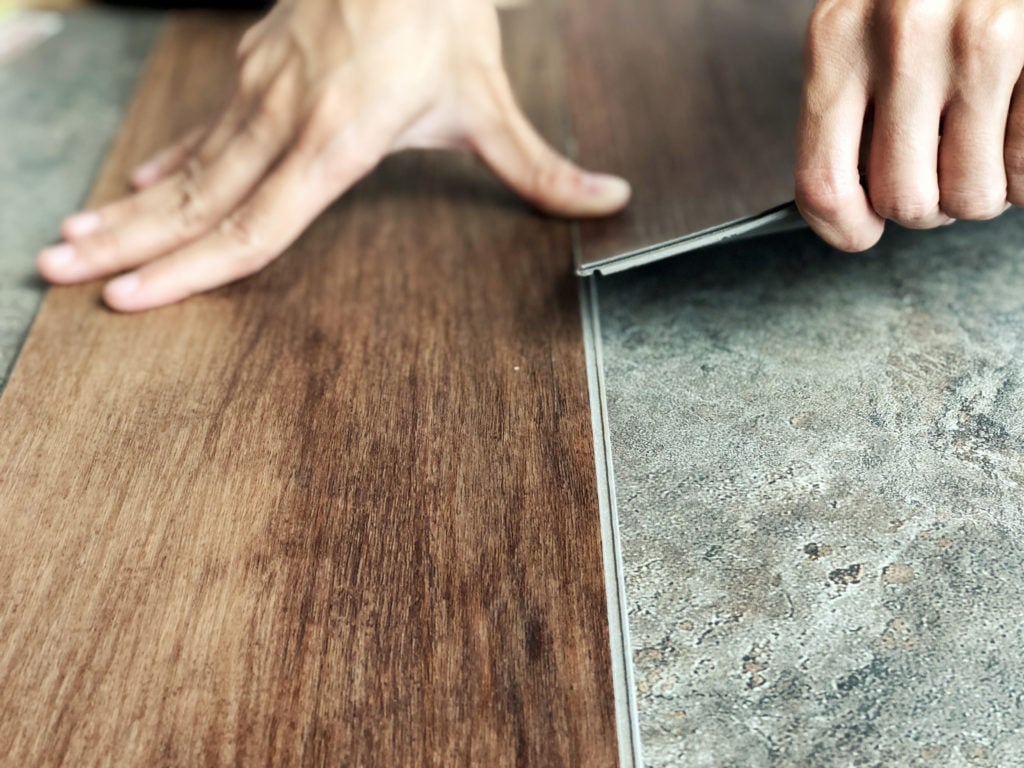
Meiko Flexible LVP needs an even subfloor
Flexible LVP needs an even subfloor
What is subflooring? It’s the wood or cement surface beneath your floors. An ideal subfloor is clean, dry, and level. The list of potential problems associated with wonky subfloors is long. All you need to know is this: flexible vinyl is going to show any imperfections underneath as they will mold themselves to the surface below.
Vinyl Has A Shorter Lifespan Than Solid Hardwood
Nothing is going to last as long as well-maintained solid hardwood, because it can be refinished indefinitely! That said, vinyl is way easier to maintain once installed.
Floating Floors Can Present Accessibility Concerns
Accessibility concerns are a common disadvantage of floating floors in general, and vinyl floating floors are no different. Rolling loads like wheelchairs, mobility devices, home office chairs, and skateboards (seriously, this happens) can cause floating floors to shift and rigid boards to snap. Wheels can get stuck in grooves. And most warranties won’t cover these issues. Thankfully, accessibility concerns don’t rule out vinyl. A glue-down installation is the best solution, but make sure to investigate VOC levels in whatever adhesive you choose.
JUST A CALL AWAY
We are just a call away and we love to hear from you. Schedule an appointment to either visit our showroom for a personalized viewing experience, explore our comprehensive Products Gallery online, or draw inspiration from our Design Gallery for your projects.

